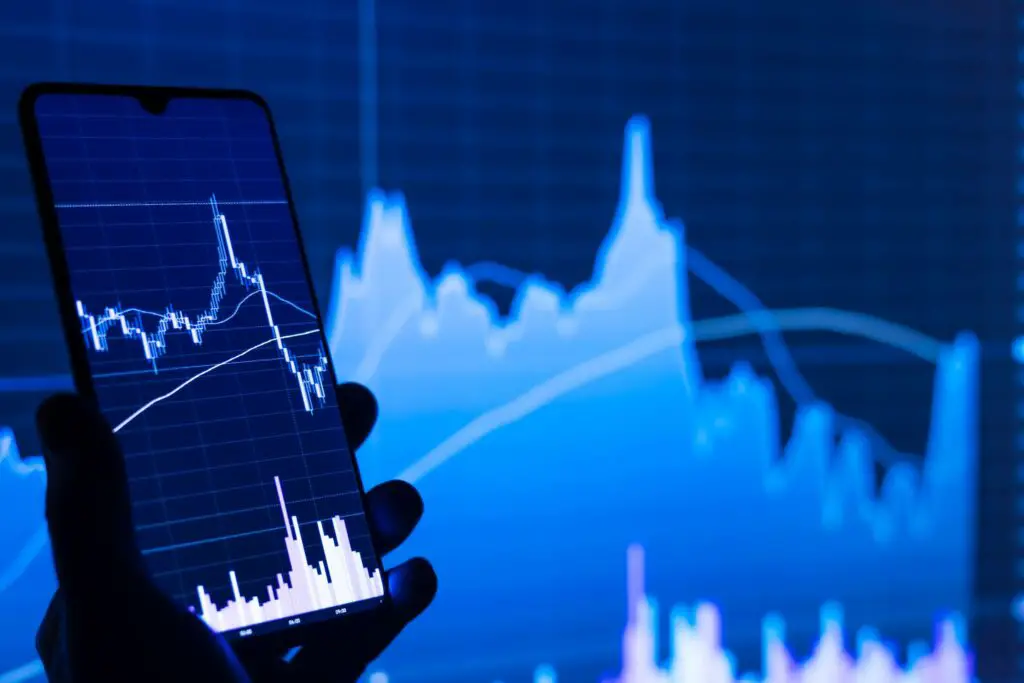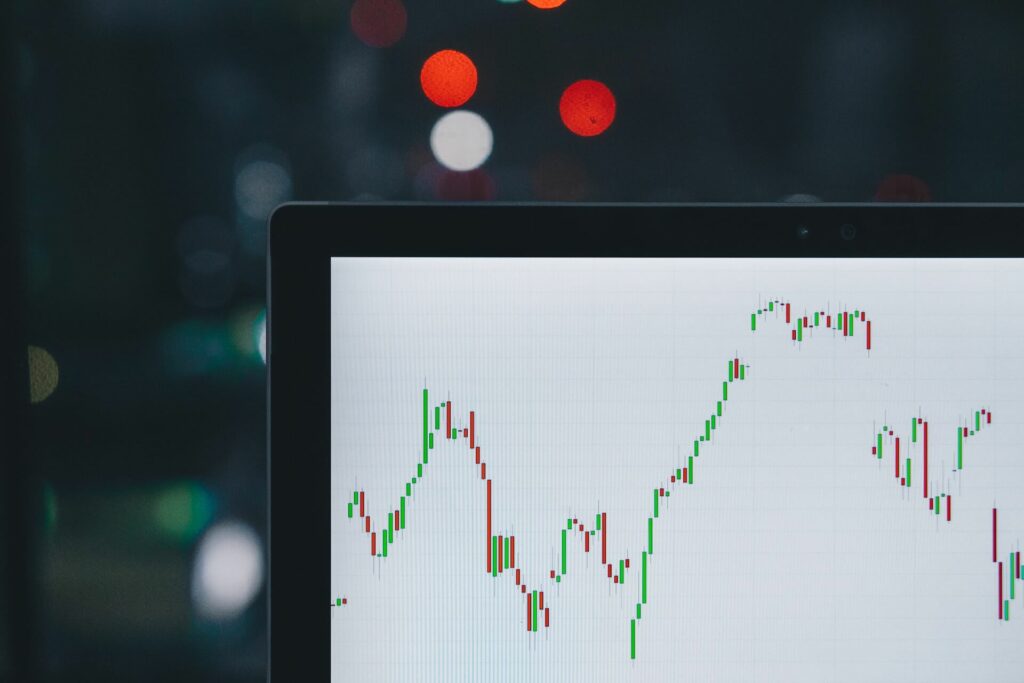As financial landscapes change, asset classes have undergone considerable transformation. While traditional asset classes like stocks, bonds, and real estate have served as cornerstones of investment portfolios for decades, thanks to digital technology and global markets’ expansion, new asset classes with distinct risk/return characteristics have emerged.
One such asset class that has gained considerable traction among sophisticated investors is the Foreign Exchange Market, or Forex, as it’s commonly referred to.
Forex as an Asset Class
Forex was traditionally considered an asset class used for international trade and investment. However, in recent years, it has evolved into an asset class, offering unique benefits to investors. Today the Forex market boasts a daily trading volume exceeding $6 trillion and operates 24/7 to provide investors with unmatched flexibility and potential profit gains.

Capturing Forex Market With Metatrader 5
Effective Forex traders require reliable trading platforms with advanced analytical features, real-time data feeds, and user-friendly user interfaces. MetaTrader 5 stands out among multi-asset platforms by offering advanced analytical features, real-time feeds, and mobile trading capabilities that enable traders to make informed decisions quickly while efficiently placing trades.
Metatrader is widely considered the go-to choice. It features technical analysis tools, automated trading systems, and mobile trading capabilities, giving traders all they need for informed trade execution and efficient decision-making.
How Does Forex Differ From Other Markets?
As an asset class, Forex boasts several distinct qualities that set it apart from more conventional asset classes. First is high leverage — Forex allows investors to control large positions with relatively minimal capital.
Second, it offers opportunities to profit from both rising and falling markets by trading currency pairs. Finally, the Forex market’s sheer size and decentralization make it less susceptible to manipulation by market manipulators.
Forex and the Digital Revolution
The digital revolution has had the biggest influence on the rise of Forex as an asset class. Online trading platforms have broadened access to currency trading globally. Fintech innovations enhance the trading experience by providing sophisticated tools for market analysis, risk management, and trade execution.
These innovations shape the future of Forex trading, making it more accessible, efficient, and transparent.

Impact of Economic Policies on the Foreign Exchange Market
The Foreign Exchange Market is intimately tied to countries’ economic policies. Central bank policies related to interest rates and money supply enormously affect currency values. For example, an increase in interest rates tends to strengthen the market and attract foreign capital.
Similarly, fiscal policies like government spending or taxes can affect economic growth or inflation, thus shaping forex trading trends and making informed trading decisions easier for traders. Understanding economic dynamics like these is vital to traders, as it allows them to anticipate currency movements more accurately while making smart trading decisions.
Forex and Geopolitical Events
Geopolitical events — ranging from elections and policy changes to conflicts, natural disasters, and trade disputes — can profoundly affect the Forex market. Such events can alter an economy’s outlook, shifting currency values accordingly.
Political unrest can weaken an individual country’s currency due to increased uncertainty. At the same time, developments such as resolving trade disputes may strengthen it. So, keeping track of geopolitical affairs is integral to Forex trading.
Technical Analysis in Forex Trading
Technical analysis — or the study of price patterns and trends — is widely employed in Forex trading and is based on the premise that history tends to repeat itself. Price movements follow specific trends that traders can identify using charting tools and indicators.
Technical analysis provides traders with a systematic approach to trading while complementing fundamental analysis, which looks more deeply into economic aspects.
Risk Management in Forex Trading
Risk management is crucial in Forex trading due to its inherent volatility and leverage. Risk management can take the form of setting trading limits, using stop-loss orders, diversifying trading strategies to limit potential losses, maintaining a disciplined approach, and monitoring market conditions continuously.
Although potential returns could be high, traders should remain mindful of any associated risks within their risk tolerance threshold levels when trading forex.
The emergence of Algorithmic Forex Trading Systems
Algorithmic trading — using computer programs to automate trading decisions — has quickly gained prominence in the Forex market. Based on predefined parameters, algorithms allow for fast analysis, trade execution, and risk management beyond human abilities.
While algorithmic trading offers numerous advantages — including speed, efficiency, and reduced emotional bias — it requires extensive knowledge of programming and financial markets to operate successfully. As technology progresses, algorithmic trading will likely become a more prevalent feature of Forex market operations.
Conclusion
Forex offers investors endless potential, but those willing to navigate its complexity face an uphill climb to success, as they would in any investment market. Forex will continue to evolve under the influence of technology, economic developments, and ever-shifting global financial markets.
